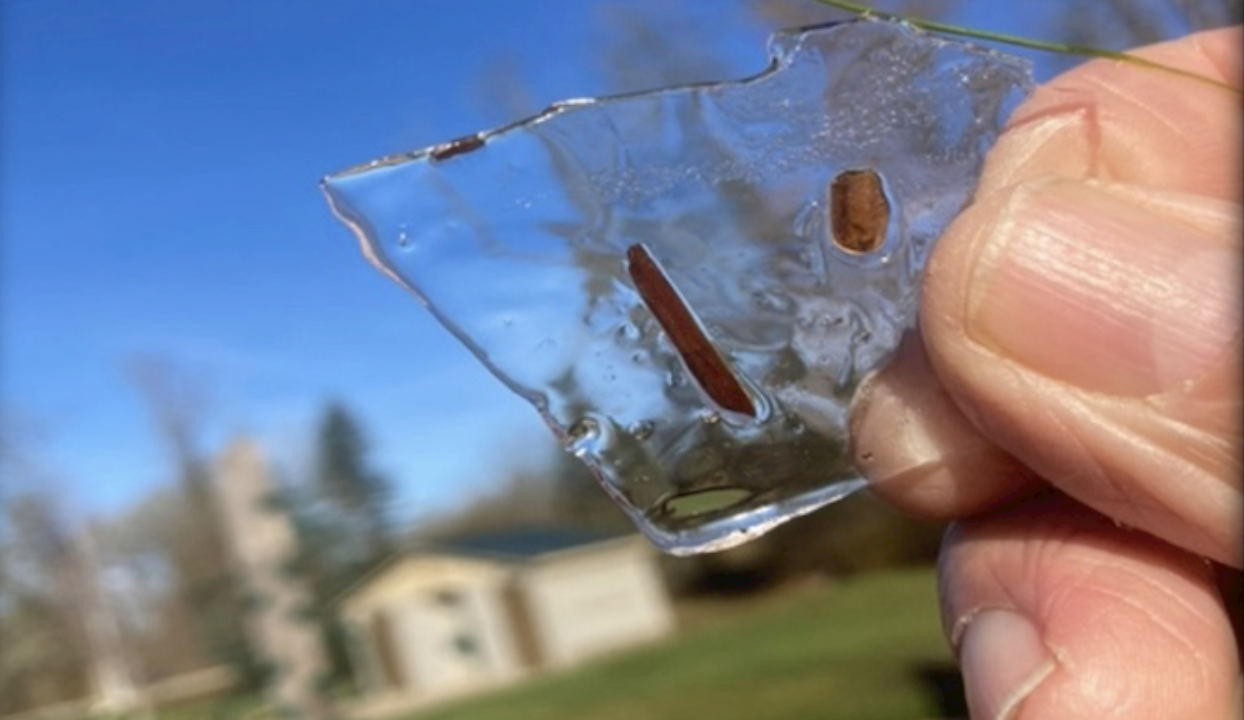Wonder why rainwater behaves differently and tends to be more beneficial to plants?
Understanding the phenomena that occur in our water sources, particularly how water similar to rainwater provides additional hydration and benefits to plants and animals, can be crucial for addressing daily agronomic challenges. This phenomenon, or structure in water, is associated with the improved performance of water sources observed in the magnetic water conditioning process.
Recent studies and research highlight benefits directly linked to water quality and the availability of specially structured water, often found in rainwater or the juice of healthy plant leaves. It is also important to recognize that our irrigation practices and designs can be negatively affected by the presence (or absence) of this water structure, impacting overall system efficiency and equipment longevity. The energy consumption of pumps, along with chemical and fertilizer applications intended to meet soil and plant nutrient needs, is also influenced by the specific structure of the water.
Soil compaction and site runoff can be connected not only to water quality and soil type but also to the mineral composition and physical structure of the irrigation water supplied. The success or failure of daily irrigation scheduling—based on common beliefs and practices regarding permeation, infiltration, and soil moisture retention—can be directly tied to our understanding of water. For instance, if you believe that not all water is simply H2O, you’re at the forefront of a concept that suggests we can irrigate crops and turf at levels significantly lower than what standard evapotranspiration (ET) theories propose, thus saving more water and energy than previously imagined.
Water quality and soil health are intertwined when creating a healthy soil medium for robust growth, production, and minimizing water use. The first rule to remember is that your soil becomes your water—and many water types in the western regions tend to create challenges for soils. A better understanding of your water quality and how it affects soil health is crucial for fostering a healthy growing environment that promotes optimal production. If you aren’t regularly reviewing soil analyses and water reports, you are likely wasting time and money. Your soil is probably not as healthy as you think. To gain a true understanding of your situation, seek a reputable and experienced independent soil scientist who trained in the foundational aspects of soil science.
Irrigation water can often introduce problems such as hardness, high sodium levels, and chlorides, among other potentially harmful minerals. In many cases, the issue lies not with the water itself but with its negative impact on irrigation efficiency and soil health in the West. Once soil health declines, subsequent problems arise, leading to issues like compaction and yellowing foliage, which eventually result in a lifeless landscape. Chemicals may offer a temporary solution, but wetting agents do not address the root cause of the problem—the water itself. Additionally, avoid using super toxic sulfur burners; you’ll be grateful in the long run.
Both water and soil comprise key elements in agronomics, and understanding their characteristics can help maximize their potential for optimal performance in a natural manner. The quality and structure of water are paramount, as soil health relies on the water provided.
Various water supplies used for irrigation, such as well water, ditches, ponds, reservoirs, or drinking water, typically arrive in a standard H2O format, which has certain characteristics:
1. Neutral charge (polar)
2. Unordered, weak molecular hydro-bonding structure (thus liquid)
Simply put, water in its H2O form may not perform at its best. Its neutral charge is not particularly beneficial when applied to negatively charged earth. The behavior of H2O regarding flow, permeation, infiltration, and moisture retention is comparatively limited when set against rain-like water or H3O2. The bioavailability of H2O, especially in the presence of certain minerals in either water or soil, can be quite low.
H3O2 plays a critical role in maintaining soil balance, making it fertile and enhancing nutrient delivery to roots. It’s essential that we ensure our water is as effective as possible. The characteristics of bioavailable H3O2 include:
1. A negative charge with strongly held hydrogen bonds, close to a near-ice phase (GEL), which is highly productive.
2. In essence, H3O2 is found in healthy plant tissues (juice), a result of our fundamental understanding of photosynthesis. The radiant energy from the sun is the force that transforms H2O into H3O2 during the plant growth process. H3O2 water closely resembles rainwater, providing significant benefits for all plants and animals as it naturally improves soil health compared to conventional H2O. It also reduces the necessity for excessive fertilizers and chemicals by unlocking nutrients in your soil from past fertilizer applications.
#magneticwatertreatment hashtag#savewater hashtag#saveenergy hashtag#bettergrowth hashtag#ODC
Frozen rainwater––mineral free


